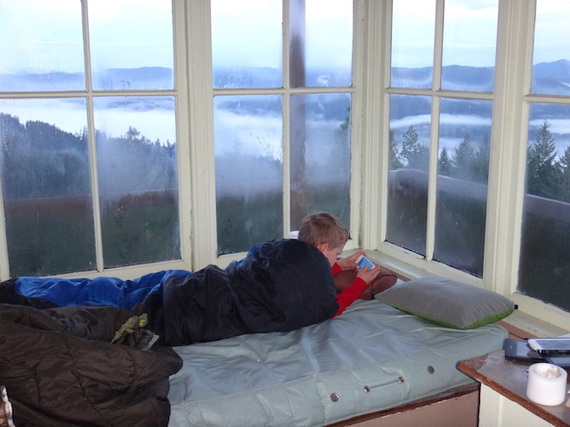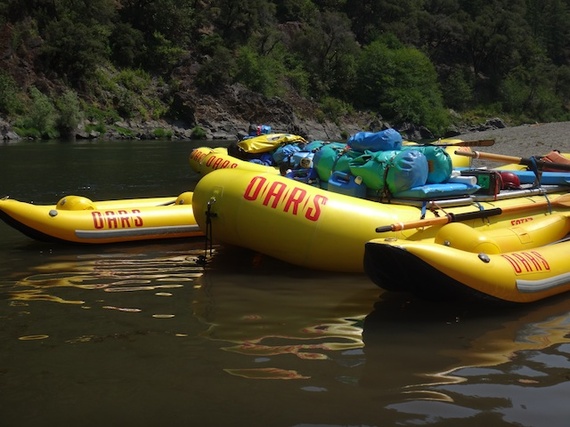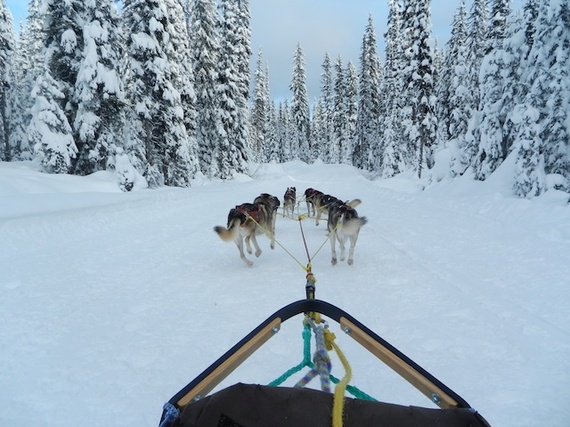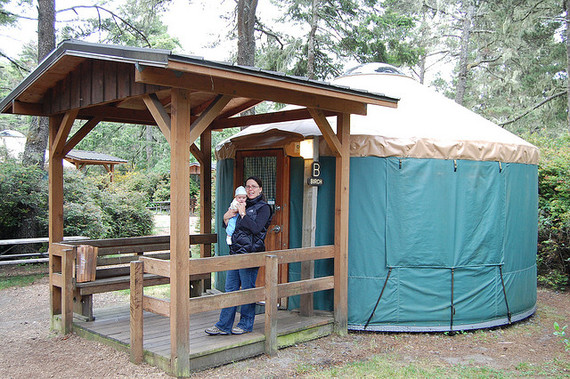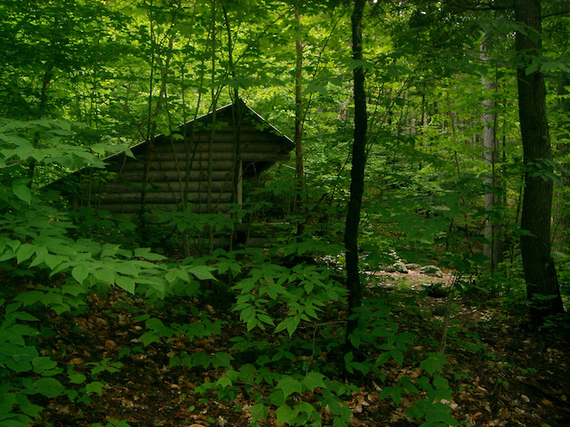Traveling can be an exciting adventure, especially when you get to share it with family. Flying or driving to a new city, having new experiences, and getting to detach from your regular routine are things most people can look forward to when travel is in their future. If you have stress in your typical day to day life, sometimes travel is the only way to really get away to de-stress.
On the flip side, traveling isn’t always so nice for our routines when it comes to staying healthy. When you leave your house, you might leave your regimented life behind and regret it when you return home. Traveling with family brings its own types of stress that are different from your “normal stress,” and it can be handled. Incorporating these healthy traveling tips are similar to managing your health with a super busy schedule.

Keep Some Routine
It’s easy to let routine items slip to the wayside while you’re traveling, but it’s a good idea to keep some of your routines in place, so you don’t experience “travel shock” when you return home.
For example, if you drink coffee every morning to get you going, that shouldn’t become foreign just because you’re traveling. Most lodging has a coffee maker in the room, or you can find a coffee place nearby to grab a cup of joe. Along with giving you your morning jolt, the caffeine in coffee can help your bowel movements stay regular. If you take pre-workout supplements, stay on your routine.
Visit a Local Grocery Store
While you’re traveling, there is no excuse not to find fresh snacks, especially if that’s what your body is used to on a regular basis. It’s just as simple to find fresh fruits and veggies even at gas stations these days as it is to grab a sodium-packed bag of chips off the shelf.
If you’re staying somewhere for a few days, there is likely a grocery store that sells fresh produce and other snacks that will keep you in good health. If your accommodations have a refrigerator that is accessible to you, grab some produce from the local supermarket for snacking in the room or on-the-go. You can stock up for your entire stay with one trip to the store.
If you’re worried about spending extra money on airport food on a layover or as you road trip, pack some pre-made snacks in your suitcase or cooler. This is great for babies and picky eaters. If you’re flying, check the Transportation Security Administration’s website for what foods are allowed through security. If you’re driving, pretty much anything is allowed, but be cautious of states that don’t allow items like fresh fruits across their borders.
Supplements and Water
Supplements are gaining popularity as easy ways to get your daily dose of certain nutrients you might not get in your regular diet. If you’re one of these people, you should absolutely take enough on your travels to keep your health in check. You can’t always count on restaurants to use fresh ingredients that with no preservatives, so your family’s salt intake may spike while you’re traveling. You may consider adding a probiotic to the mix while you’re traveling to maintain your gut health. For your budget-friendly, yet equally nutrient-rich superfood, learn more here in Amazing Grass Green Superfood review.
Also, ensure your family is staying adequately hydrated. Traveling for long periods of time can disturb the level of hydration you usually experience. Whether you’re flying for 2 hours, 12 hours, or trapped in a car for the day, your body will suffer some dehydration. This doesn’t mean you need to consume crazy amounts of water to cause numerous bathroom breaks.
Keep Moving
Unless your travel adventure includes hiking or other activities that keep your family active, consider incorporating a short movement session that includes the whole family. Whether it’s time in the pool swimming laps, maybe disguised as races for kids, or pulling up a yoga video on your iPad, get some movement in each day for at least 30 minutes.
If you’re a member of a national gym, ask if your membership includes admittance to gyms in the area you’ll be visiting or if you can get a guest pass. You can also check out any public fitness groups to get your heart rate up for a bit. Of course, you can always utilize the hotel gym if one is offered. Even if you’re walking a lot each day, you’ll be able to get some weight training in if that’s what you’re used to.
Good Night’s Sleep
Even though traveling is usually a limited time, your sleep is crucial and should not be sacrificed. It’s tempting to pack your day full of activities and sites but consider how it will affect your family’s sleep schedule. Getting quality sleep will keep your mood and mental health in check to ensure each portion of your travels is enjoyed to the fullest.
If you have younger children, you endanger their regular sleep routine by putting them to bed later or waking them up earlier than usual. You might even look at how you can incorporate their usual nap time to give them the rest they’re used to and give you a break.















 Trust me – if golf is “a good walk spoiled,” so is a search for a missing hiker! If you’re planning to explore hiking trails in your region this fall and winter, know what is needed to have a fantastic outdoor experience (and make it home in time for dinner).
Trust me – if golf is “a good walk spoiled,” so is a search for a missing hiker! If you’re planning to explore hiking trails in your region this fall and winter, know what is needed to have a fantastic outdoor experience (and make it home in time for dinner).

